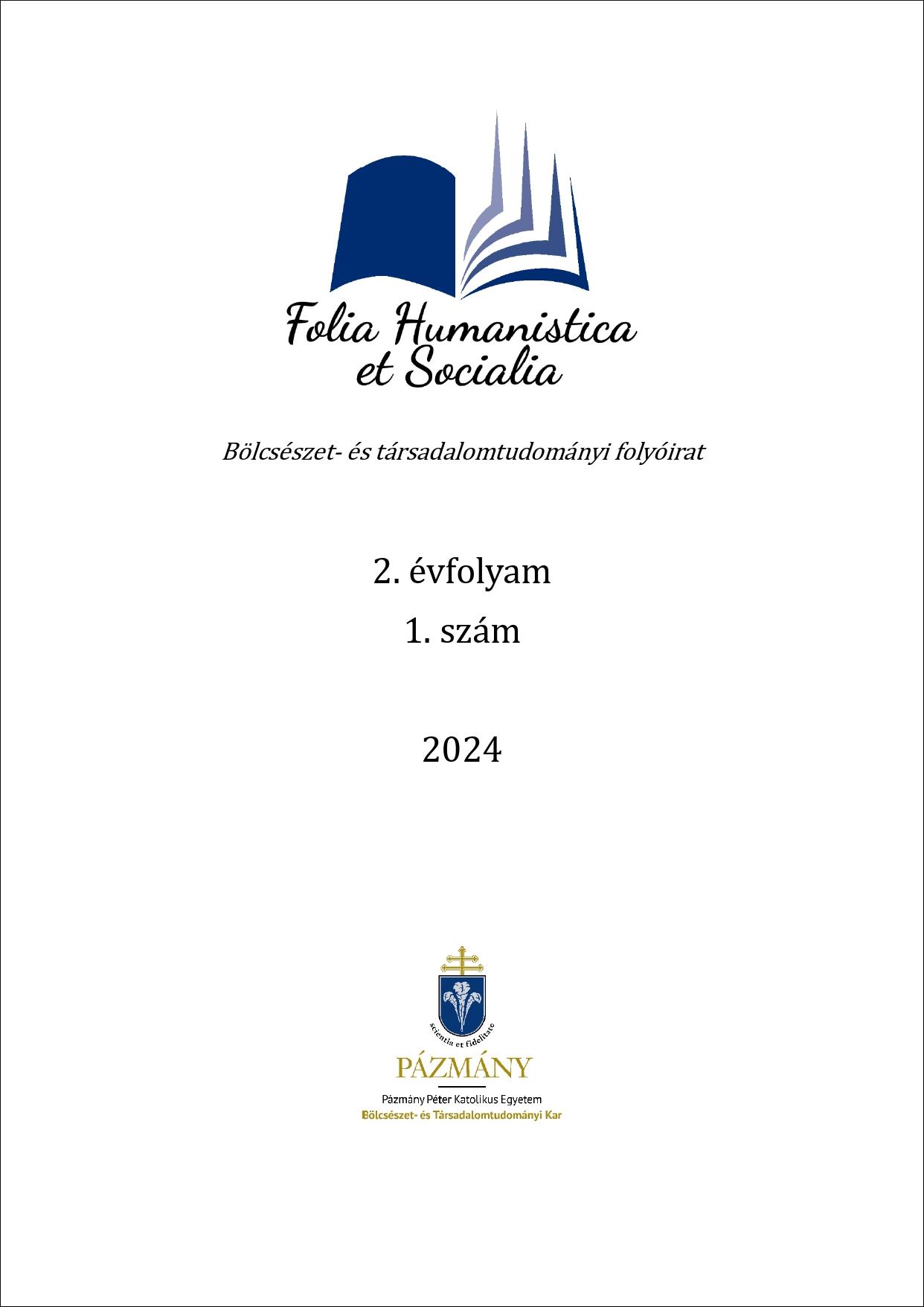Cilicia and Imperial Rivalries: Perception, Colonial Policies, and Refugee Experiences in the Middle East
Published 23-12-2024
Keywords
- Cilicia
Copyright (c) 2025 Kima Saribekyan

This work is licensed under a Creative Commons Attribution 4.0 International License.
Abstract
This article aims to understand the historical significance of Cilicia within the context of imperial dynamics in the Middle East. Cilicia, a region characterized by shifting borders and contested sovereignty, provides a unique lens through which to examine the interactions between imperial powers, local populations and the lasting effects of conflict. The study draws on a wide range of scholarly sources to explore how Cilicia has been perceived amidst imperial rivalries, focusing on the competing narratives, geopolitical ambitions and humanitarian interventions that have shaped its history. Key themes include the impact of genocide in Upper Mesopotamia and the complexities of French colonial administration and intelligence activities in Syria. By adopting an interdisciplinary approach that incorporates history, political science and humanitarian studies, this research aims to unravel the multifaceted perception of Cilicia and highlight its enduring relevance in understanding the contemporary Middle East. This examination offers new insights into how historical events and policies have influenced the region’s present-day dynamics, emphasizing the critical role of Cilicia in the broader complexity of Middle Eastern history.
References
- Astourian, S. H. (2011). The Silence of the Land: Agrarian Relations, Ethnicity, and Power. In R. G. Suny, F. M. Göçek, & N. M. Naimark (Eds.), A Question of Genocide: Armenians and Turks at the End of the Ottoman Empire (pp. 55–82). Oxford University Press. https://doi.org/10.1093/acprof:osobl/9780195393743.003.0004
- Burke, E., III (1973). A Comparative View of French Native Policy in Morocco and Syria, 1912–1925. Middle Eastern Studies, 9(2), 175–186. https://doi.org/10.1080/00263207308700238
- https://www.jstor.org/stable/4282469
- Gratien, C. (2016). The Sick Mandate of Europe: Local and Global Humanitarianism in French Cilicia, 1918–1922. Journal of the Ottoman and Turkish Studies Association, 3(1), 165–190. https://doi.org/10.2979/jottturstuass.3.1.10
- https://www.jstor.org/stable/10.2979/jottturstuass.3.1.10
- Güçlü, Y. (2001). The Struggle for Mastery in Cilicia: Turkey, France, and the Ankara Agreement of 1921. The International History Review, 23(3), 580–603. https://doi.org/10.1080/07075332.2001.9640941
- https://www.jstor.org/stable/40108751
- Kaplan, S. (2004). Territorializing Armenians: Geo-texts, and Political Imaginaries in French-occupied Cilicia, 1919–1922. History and Anthropology, 15(4), 399–423. https://doi.org/10.1080/0275720042000285169
- Khoury, P. S. (2009). Urban Notables and Arab Nationalism: The Politics of Damascus 1860–1920. Cambridge University Press. https://doi.org/10.1017/CBO9780511563522
- Kévorkian, R. H. (1999). Revue d’Histoire Armenienne Contemporaine. Tome III: La Cilicie (1909-1921) des massacres d’Adana au mandat français. https://www.imprescriptible.fr/rhac/tome3/#p1
- Lust-Okar, E. M. (1996). Failure of Collaboration: Armenian Refugees in Syria. Middle Eastern Studies, 32(1), 53–68. https://doi.org/10.1080/00263209608701091
- https://www.jstor.org/stable/4283775
- Perthes, V. (1991). A Look at Syria’s Upper Class: The Bourgeoisie and the Ba’th. Middle East Report, (170), 31–37. https://doi.org/10.2307/3013248
- Ternon, Y. (s.a.). Revue d’Histoire Armenienne Contemporaine. Tome IV: Mardin 1915. https://www.imprescriptible.fr/rhac/tome4/
- Ternon, Y. (1981). Rapport d’Histoire sur les atrocités commises contre les Arméniens. Imprescriptible. https://www.imprescriptible.fr/rhac/tome4/l1-ch1#a
- Travis, H. (2019). The Long Genocide in Upper Mesopotamia. Genocide Studies International, 13(1), 92–131. https://doi.org/10.3138/gsi.13.1.06
- https://www.jstor.org/stable/10.2307/26986112
- Yavuz, N. (2012). The Features and Activities of Fırka-ı Islahiye (The Division of Renovation). Gazi Akademik Bakış, 6(10), 113–128.

